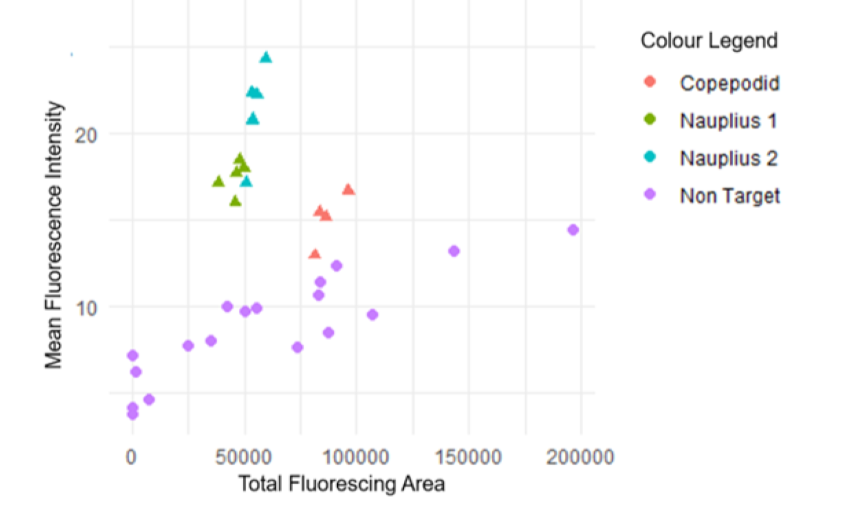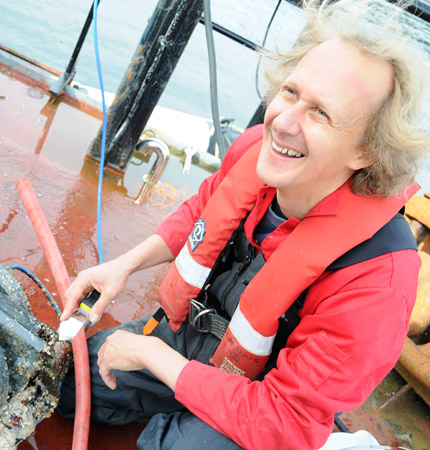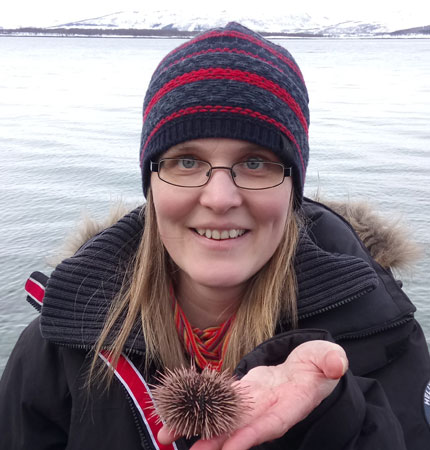Fluorescence Analysis for Rapid Evaluation of Sea Lice
The core FLARE project will provide a refined method for sea lice larvae identification. Field sampling will be focused on Loch Etive, an area with active salmon farming and with a clear salinity gradient predicted to structure sea lice abundance. We propose additional work, FLARE+ which will extend the field sampling to Shetland, where there are currently no planktonic sea lice monitoring programmes, despite extensive salmon and trout aquaculture. Additionally, there is much attention currently on including sea trout protection within the SEPA Sea Lice Risk Framework, therefor inclusion of sampling in Shetland will provide novel data on the problem of sea lice dispersal there.
FLARE will fund a student internship based at SAMS, who will be under close supervision from research staff with expertise in sea lice biology and behaviour, developed through our various existing and current projects. We will purchase and maintain the adult females and egg strings in the SAMS Sea Lice Hatchery. Larvae will be harvested and fixed to test the fluorescence identification method (Thompson et al., 2022). Various factors which may determine the amount of fluorescence will be investigated including: incubation temperature, duration of fixing and decay of fluorescence over time. The optimized method will then be tested on natural plankton samples spiked with sea lice to evaluate its effectiveness. In recent SAMS trials, this method showed that more sea lice larvae stages fluoresced compared to non-target background organisms (see Fig. 1), suggesting the robustness of the proposed approach.

Figure 1. Mean fluorescence intensity (y-axis) and total fluorescence area (x-axis) between L. salmonis larvae (triangles) and non-target species (circles), captured using the FITC filter set (Ex: 450–490 nm, Em: 515 nm). ANOVA analysis revealed that L. salmonis (n = 16) exhibited significantly higher fluorescence intensities than non-target species (n = 20) (p < 0.05). Ofori, 2022. MSc thesis.
Wild plankton samples will be collected using a pump net method and developed through our current HoloLice project. For each sample, ~10m3 of seawater will be collected at specified depths and sieved through various meshes to provide a plankton sample which is then fixed in formalin and then assessed using both the fluorescence technique and standard traditional light microscopy.
Target areas to be sampled in Loch Etive will constitute a natural salinity and modelled abundance gradient and will enable testing the hypothesis that salinity and local hydrodynamics structure sea lice larvae abundance. By combining fluorescence-based methods with targeted field sampling, and validated by traditional microscopy, this project aims to generate essential insights into sea lice dispersal patterns, strengthening management strategies across Scotland’s aquaculture industry.
With additional funding (FLARE+), sampling will be expanded to other regions along the west coast of Scotland showing lice ‘hotpots’ in dispersal modelling extending as far north as Shetland. Here there is currently no wild sea lice monitoring but constitutes an area which will come under the jurisdiction of new regulations by the emerging SEPA Sea Lice Rist Framework.
Thompson et al. (2022) A novel method for the rapid enumeration of planktonic salmon lice in a mixed zooplankton assemblage using fluorescence. Aquaculture Research, 2022;00:1-13


